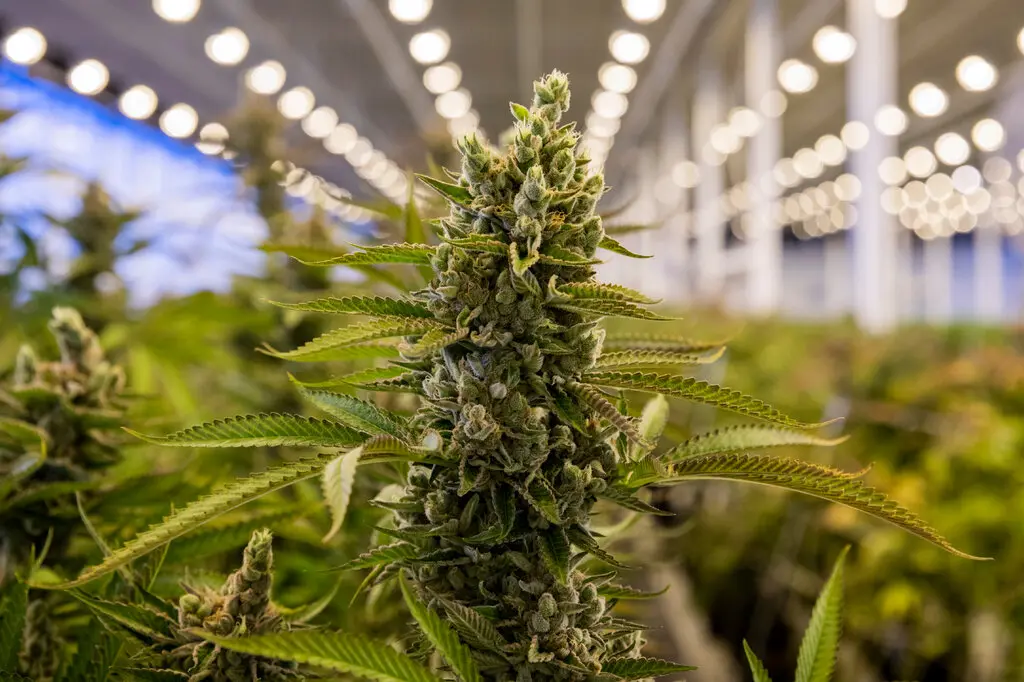Any de-scheduling or legalization framework must hold a social equity objective that is clear at the core of its function: To create as much NEW generational wealth for the most number of those disparaged from participating in the legal cannabis industry because of the socioeconomic impacts of more than 80 years of federal marijuana prohibition and due to the barriers to entry created amid state regulatory regimes.
As the debate heats up on “how” rather than “if” cannabis legalization will happen, social equity and comprehensive reform are at the forefront of the minds of national legislators and advocates. Sadly, as written currently, all proposed federal bills fail to meet the critical objective of creating as much NEW generational wealth as possible for those harmed by the war on drugs. Now, we examine the key components of a proposed framework to address these challenges, how to define social equity federally, and the merit of determining the types and numbers of permits to be issued.

Key Considerations for a Cannabis Social Equity Program:
Fundamentally, any federal act for cannabis legalization should be a social justice bill that de-schedules cannabis federally and that creates the most amount of new generational wealth for those most impacted by prohibition. Expungement for all persons with a past criminal record involving cannabis is the bare minimum these bills should do. However, proposed bills so far fall short of the latest innovative solutions to known problems in social equity programs and should be amended to include these key considerations.
Suggested Social Equity Definition:
To define social equity applicant qualifications, DEIC suggests the TTB and SBA move away from diversity supplier program definitions which are too restrictive for a new industry to qualify. In order to accommodate the cannabis industry, DEIC recommends looking at other state definitions of social equity qualification that have proven to be effective.
- Factors like living in a disproportionately impacted area for 5 out of 10 years, being arrested for cannabis or having a family member who was arrested, as well as income below the poverty line, should become qualifying factors.
- Additionally, minorities, women, and veterans should be given additional consideration in the definition of who qualifies as a minority cannabis business.
- High poverty rate, unemployment rate and participation in federal or state income-based programs, a history of arrests, convictions and other law enforcement practices in a certain geographic area, such as, but not limited to, precincts, zip codes, neighborhoods, census tracts and political subdivisions, reflecting a disparate enforcement of cannabis prohibition during a certain time period (war on drugs started in 1971), when compared to the rest of the state.
- Utilize the advisory committee and collaborate with cannabis social equity groups to make sure gentrification and displacement are taken into account. Many areas have drastically changed over the last 5-10 years. Where a person spent their formative, childhood years should also be factored in. Guarding against ‘gerrymandering’ types of map cutouts, where folks who grew up literally surrounded by DIA’s, and who dealt with many of the same issues growing up, are somehow not considered to be disproportionately impacted.

